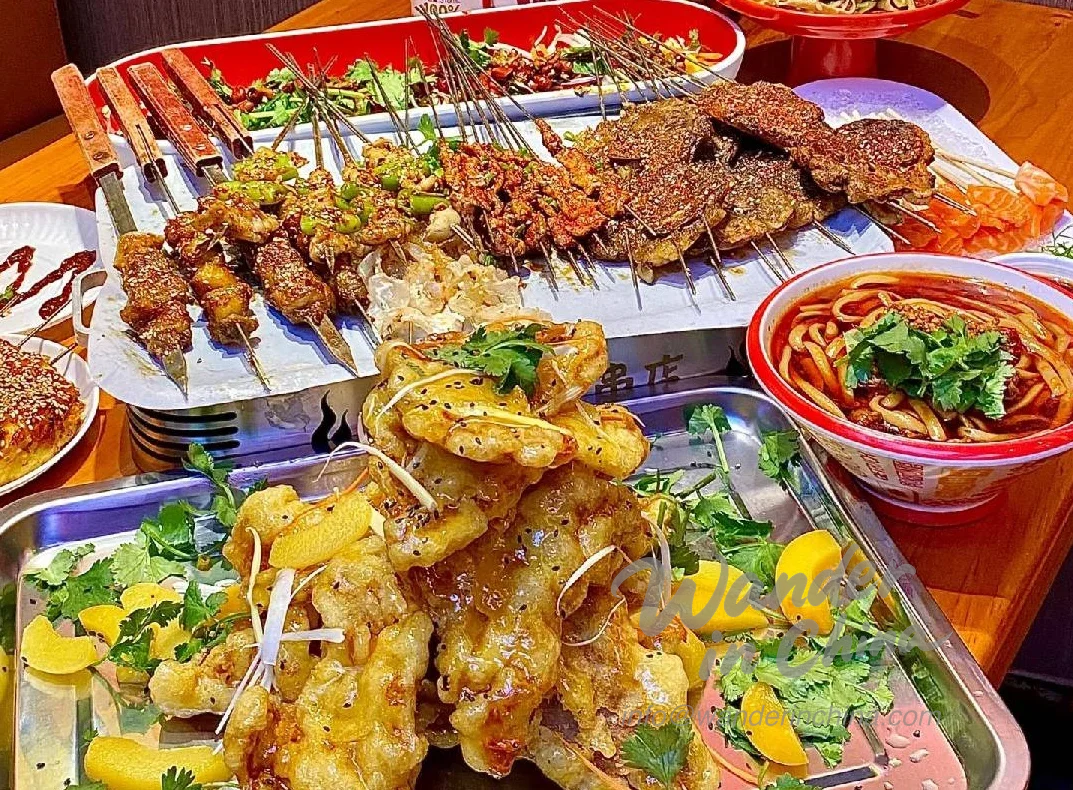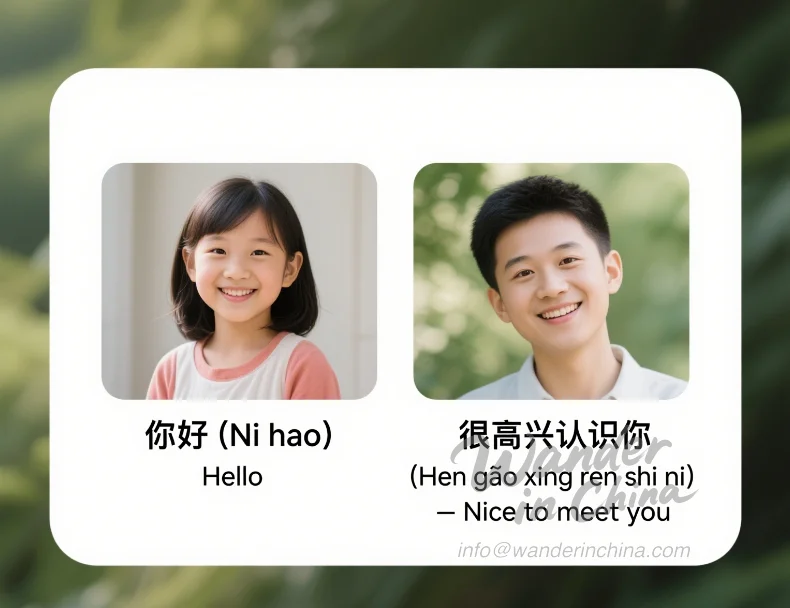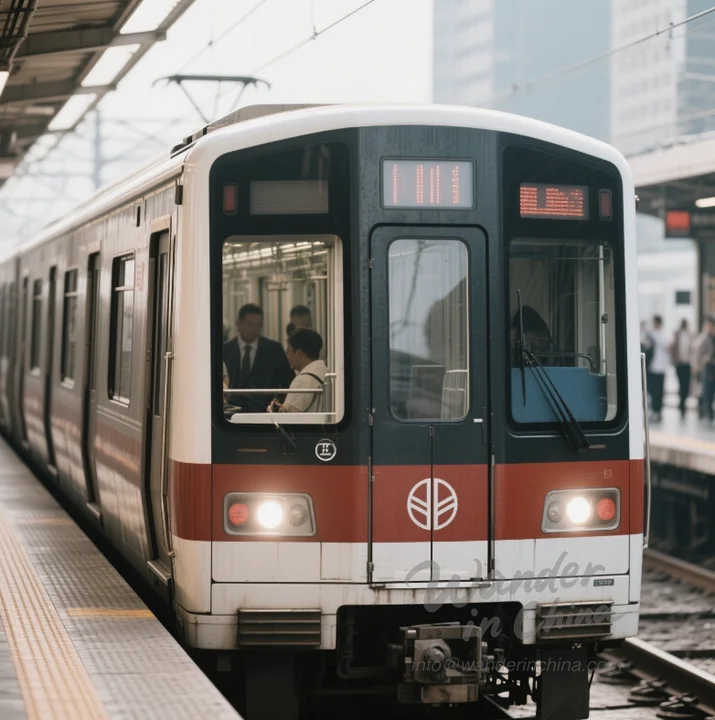Explore Binglingsi Caves: A Silk Road Gem Near Lanzhou
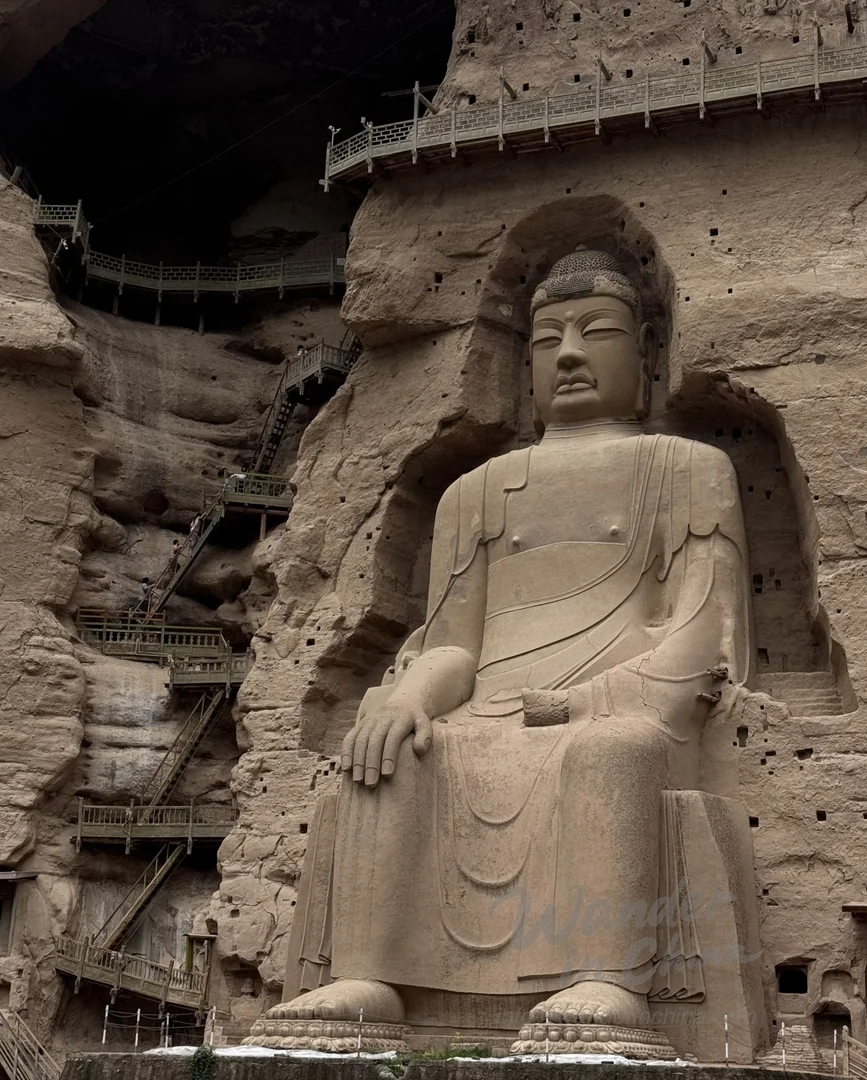
Discovering Binglingsi Thousand Buddha Caves: A Silk Road Treasure
The Binglingsi Thousand Buddha Caves, a stunning complex of Buddhist cave temples, offers a captivating glimpse into China’s rich history and artistic heritage. Nestled along the Yellow River near Lanzhou, these caves stand as a testament to the enduring influence of the Silk Road and the spread of Buddhism. A visit to Binglingsi is a journey through time, revealing intricate sculptures, vibrant murals, and the serene beauty of ancient Buddhist art.
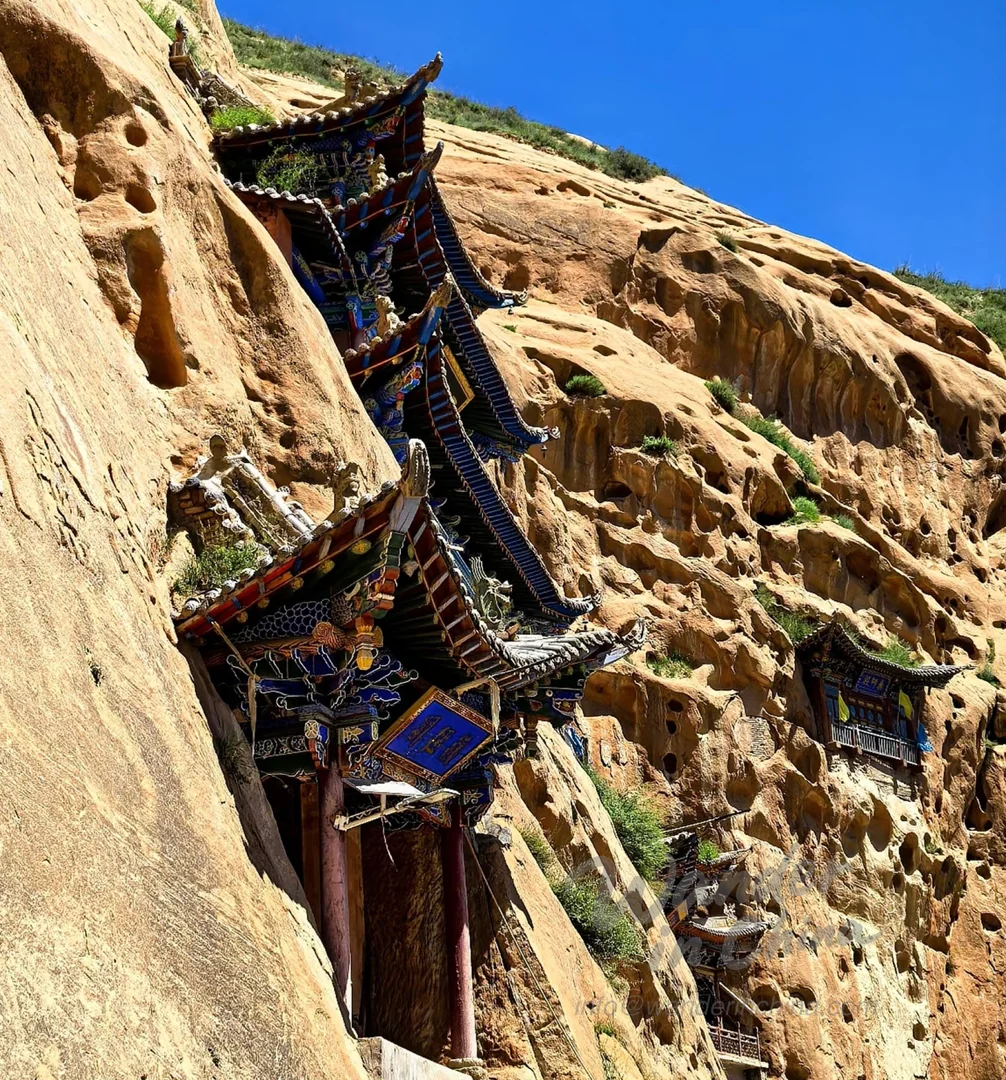
History and Significance as a Silk Road Site
The Binglingsi Caves’ history stretches back over 1600 years, with construction beginning in the Western Qin dynasty around 420 AD. The site flourished as a vital stop along the Silk Road, serving as a center for Buddhist worship, artistic creation, and cultural exchange. Monks, merchants, and travelers from various regions converged here, leaving their mark on the caves’ art and architecture. The caves reflect a blend of Chinese and foreign influences, showcasing the cosmopolitan nature of the Silk Road. The name “Binglingsi” itself is derived from the Tibetan word for “thousand Buddhas,” reflecting the strong Tibetan Buddhist influence in the region.
Overview of the Cave Complex
The Binglingsi cave complex comprises 216 caves, 149 niches, and over 800 sculptures, along with a collection of murals covering an area of approximately 1,000 square meters. The caves are carved into the steep cliffs of the Xiaojishi Mountains, offering breathtaking views of the Yellow River. The most iconic feature of the site is the towering Maitreya Buddha statue in Cave 16, a colossal figure that dominates the landscape. The caves are numbered sequentially, with each cave housing a unique collection of Buddhist statues, murals, and scriptures. Binglingsi Thousand Buddha Caves are recognized as a UNESCO World Heritage Site, a testament to their cultural and historical significance. You can find more information about the UNESCO designation on the UNESCO website.
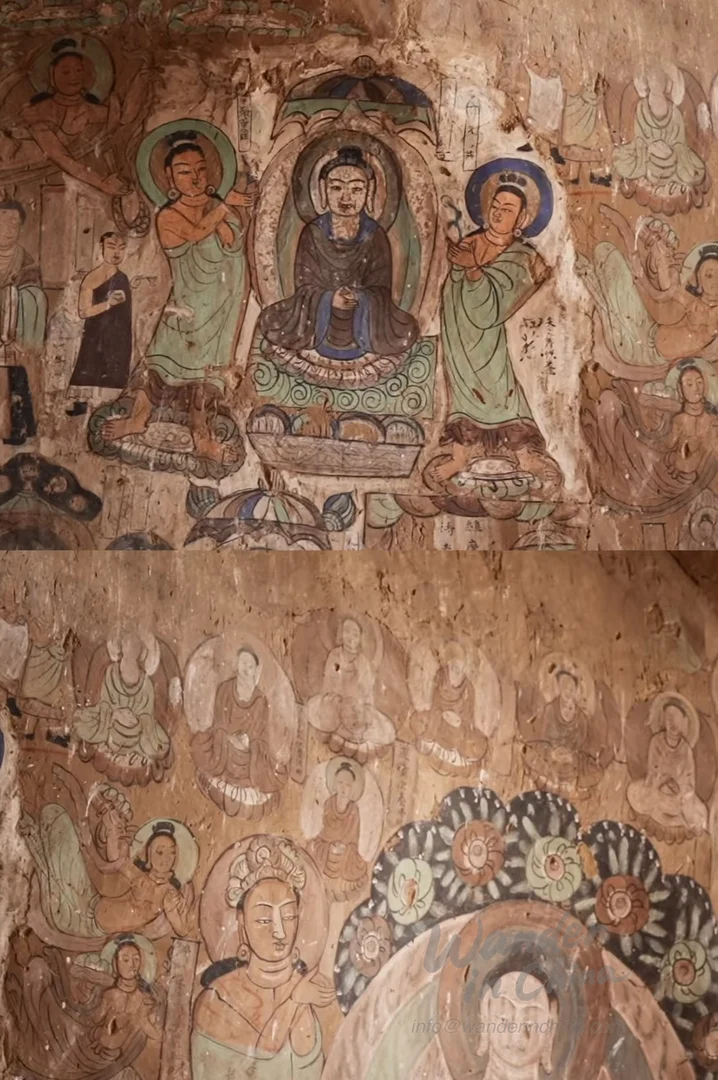
Planning Your Visit
A trip to the Binglingsi Caves requires careful planning due to its remote location. However, the journey itself is an integral part of the experience, offering stunning views of the Yellow River and the surrounding landscapes.
Transportation from Lanzhou
The primary gateway to Binglingsi is Lanzhou, the capital of Gansu province. From Lanzhou, you can take a bus to Yongjing County, the nearest town to the caves. Buses depart regularly from the Lanzhou East Bus Station. From Yongjing, you’ll need to take a taxi or a local minibus to the Binglingsi pier. Alternatively, organized tours from Lanzhou are available, which often include transportation, boat tickets, and a guide. For information about getting around the city, see our Lanzhou Transportation Guide: Getting Around the City.
Boat Trip on the Yellow River
The most scenic and common way to reach the Binglingsi Caves is by boat on the Yellow River. The boat trip offers stunning views of the surrounding landscape, including the towering cliffs and the turquoise waters of the Liujiaxia Reservoir. The boat ride takes approximately one hour, allowing you to soak in the beauty of the region before arriving at the caves. This Binglingsi caves boat trip is a highlight of any visit.
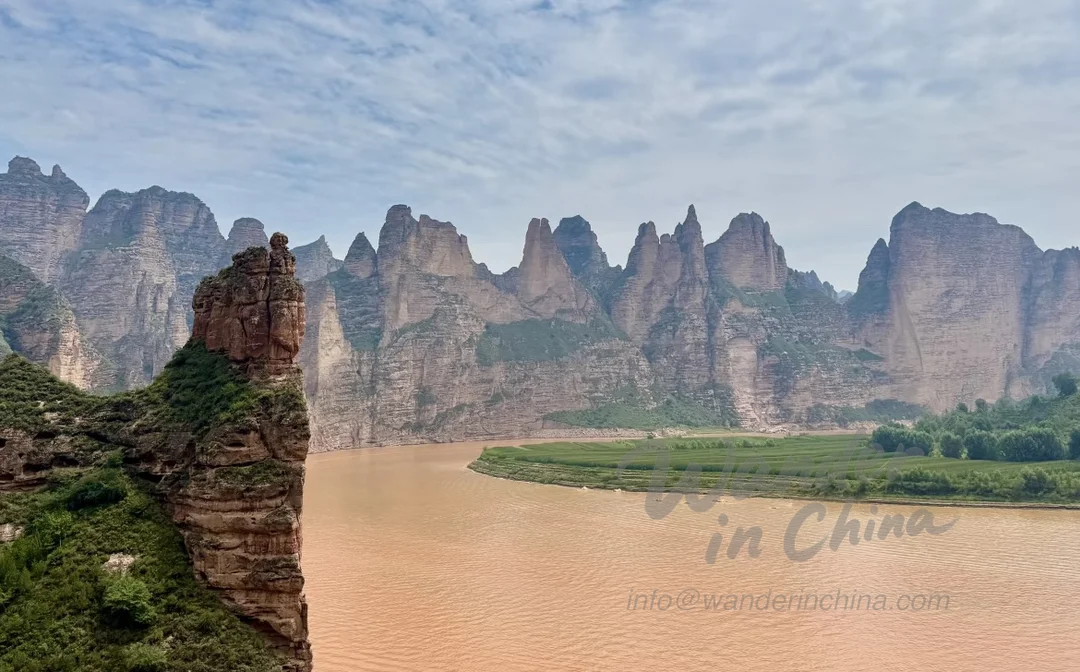
Ticket Information and Opening Hours
Tickets to the Binglingsi Caves can be purchased at the ticket office near the pier. The opening hours typically range from 9:00 AM to 5:00 PM, but it’s always advisable to check the latest information before your visit. The entrance fee includes access to the cave complex and the boat trip.
Exploring the Caves
The Binglingsi Caves are a treasure trove of Buddhist art and history, offering a glimpse into the artistic and spiritual practices of the Silk Road era.
Key Caves and Buddha Statues
Cave 16 is undoubtedly the most famous, housing the colossal Maitreya Buddha statue. Other notable caves include Cave 169, which contains some of the earliest examples of Buddhist art in the complex, and Cave 172, known for its intricate murals and sculptures. Each cave offers a unique perspective on the evolution of Buddhist art and the diverse influences that shaped the Binglingsi caves.
Art and Architecture
The art and architecture of the Binglingsi Caves reflect a blend of Indian, Central Asian, and Chinese styles. The sculptures range from small, intricately carved figures to monumental statues that dominate the landscape. The murals depict scenes from the life of Buddha, as well as various Bodhisattvas and other Buddhist deities. The architectural style of the caves is equally diverse, ranging from simple, rock-cut chambers to elaborate structures with intricate carvings and decorative elements. The Buddhist art Binglingsi displays is truly remarkable.
Tips for Visiting Binglingsi
- Wear comfortable shoes: You’ll be doing a lot of walking and climbing stairs.
- Bring sunscreen and a hat: The sun can be intense, especially during the summer months.
- Stay hydrated: Bring plenty of water, especially if you’re visiting during the warmer months.
- Respect the site: Remember that the Binglingsi Caves are a sacred place. Dress modestly and avoid making loud noises.
- Consider hiring a guide: A guide can provide valuable insights into the history and art of the caves.
- Check the weather forecast: The weather in the region can be unpredictable.
- Book your tickets in advance: Especially during peak season, booking your tickets in advance can save you time and ensure your entry.
- Learn about the Binglingsi caves history beforehand to appreciate the site better.
- A Binglingsi caves tour can be a great way to see the site with expert guidance.
For a complete overview, see our main guide to Lanzhou: A City on the Yellow River – Ultimate Travel Guide.

